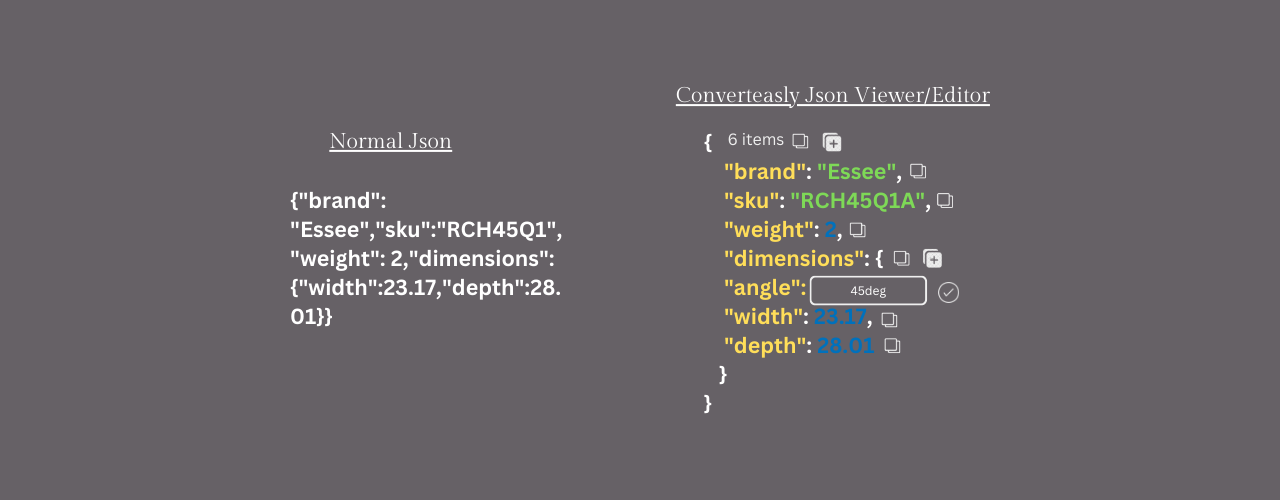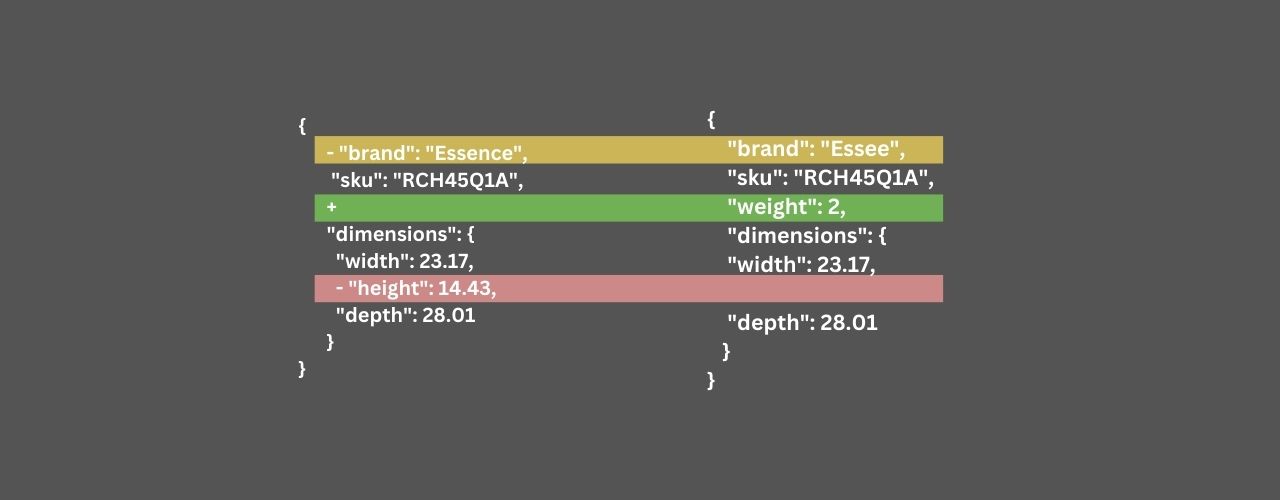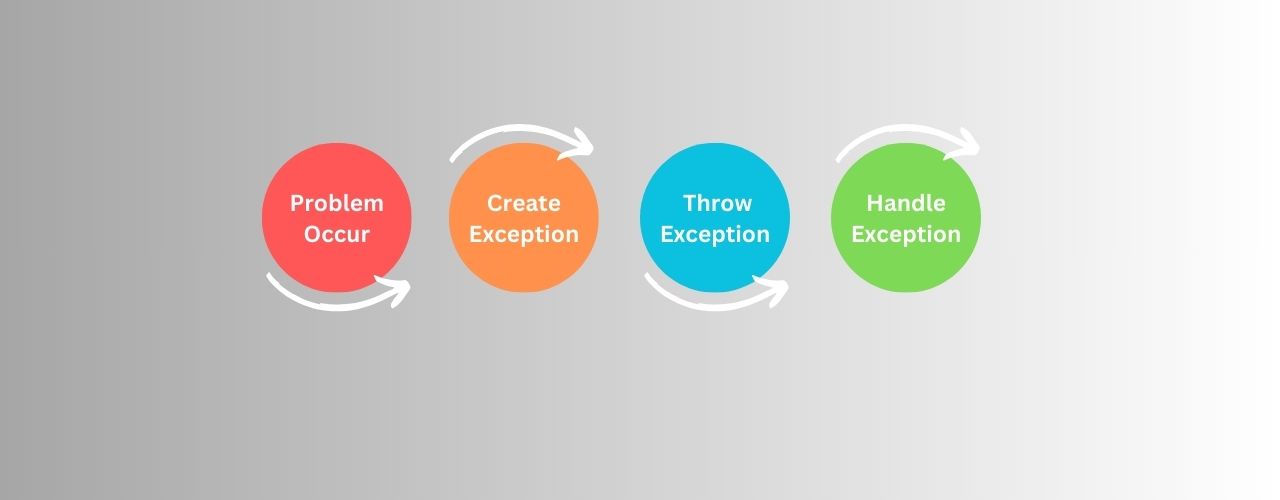When sharing sensitive or confidential documents, protecting the PDF ensures that only intended recipients can access the content. By setting a password or encryption, you maintain control over who can open, view, or modify the document, reducing the risk of unauthorized access or data breaches.
How To Protect PDF Online Using Converteasly ? 🌄
- Drag and Drop your pdf to Protect PDF tool.
- Enter the password to protect PDF.
- Click on generate button to generate Password Protected PDF.
- Click on the download icon or link to download your Protected PDF file or scan the given QR Code to save the converted file to your mobile or any other devices.
UseCases Of Protect PDF 🙇♀️
Following are the areas where we can use Protect PDF tool.
Confidentiality and data protection: Protecting a PDF with a password or encryption ensures the confidentiality of sensitive information contained within the document. This is particularly important for documents that contain personal, financial, or confidential business data.
Intellectual property protection: Protecting a PDF file can help safeguard intellectual property, such as copyrighted materials, proprietary information, or trade secrets. By adding security measures, you can prevent unauthorized copying, editing, or distribution of the content.
Control over document access and permissions: PDF protection allows you to define access permissions and restrictions for different users or user groups. You can set permissions to limit printing, copying, or modifying the document, ensuring that only authorized individuals can perform specific actions.
Secure distribution of documents: When sharing sensitive or confidential documents, protecting the PDF ensures that only intended recipients can access the content. By setting a password or encryption, you maintain control over who can open, view, or modify the document, reducing the risk of unauthorized access or data breaches.
Compliance with regulations and standards: Protecting PDF files can help organizations comply with industry regulations, privacy laws, or data protection standards. For instance, healthcare organizations may protect PDFs containing patient information to comply with HIPAA regulations, while financial institutions may protect PDFs to meet PCI-DSS requirements.
Document integrity and authenticity: Protecting a PDF file can help maintain the integrity and authenticity of the document. Digital signatures or certificate-based encryption can be used to ensure that the document has not been tampered with and that it originates from a trusted source.
Content monetization and licensing: Protecting PDF files can be beneficial for content creators or publishers who want to monetize their digital content. By adding security measures, such as password protection or DRM (Digital Rights Management), you can control access to the content and enforce licensing agreements or subscription models.






























